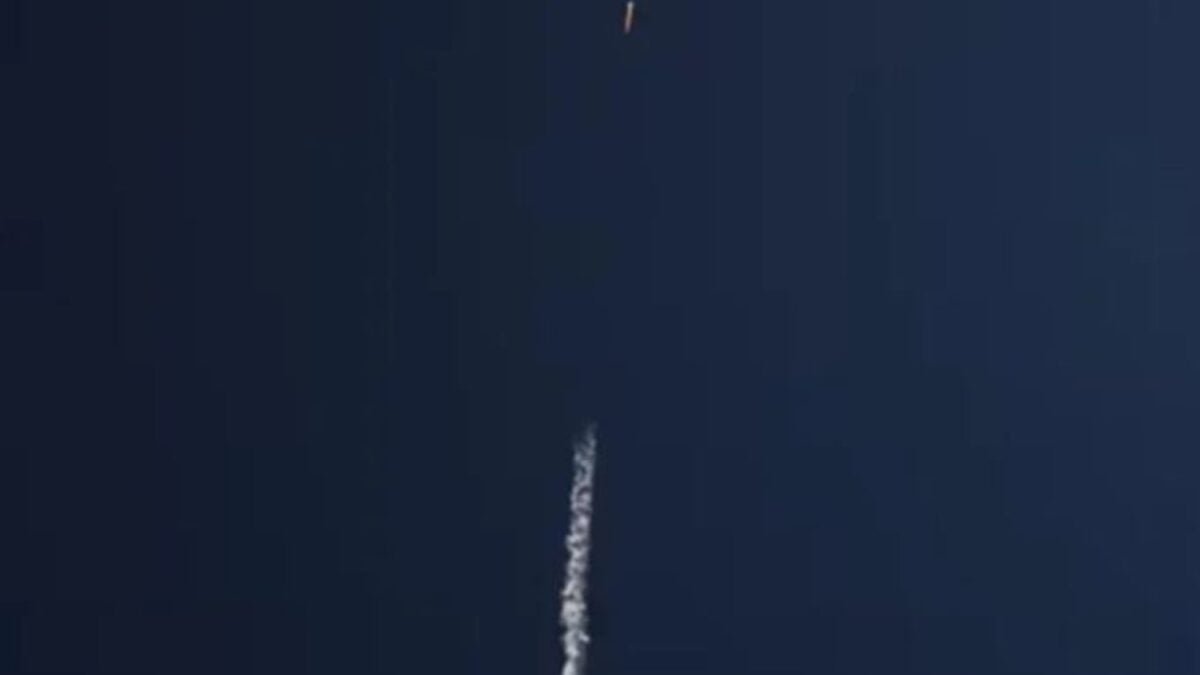Ukraine utters the dreaded word: Tomahawk. Will the United States dare to cross Russia’s final red line?

Since the start of the invasion in 2022, Ukraine has been pushing for long-range weaponry to change the course of the war. First, they requested HIMARS, then ATACMS, and later German Taurus missiles. However, there was one name that always seemed off-limits, a word that was like a taboo: Tomahawk.
Ukraine publicly called for it, urging the United States to deliver these cruise missiles capable of reaching 1,500 to 2,500 kilometers. In other words, not just Crimea or Russian logistics centers, but Moscow, St. Petersburg, and the political and military core of the Kremlin.
## Russia’s Immediate Reaction
The concern goes beyond the technical range of the weapon to a crucial detail: who would have control over its launch. If U.S. personnel were involved in target selection, Russia would view it as a direct path towards a confrontation between powers. This led to a veiled warning that bases in Europe might become legitimate targets if they facilitate an attack on Russian soil.
## ATACMS, Taurus, and Tomahawk: The Escalation Ladder
The discussion is both technical and political.
– ATACMS: tactical ballistic missiles with a range of up to 300 km, useful for targets behind the immediate front line.
– Taurus: cruise missiles with a range of 500 km, designed for fortified targets.
– Tomahawk: up to 2,500 km, capable of striking deep into Russia.
Each step up in range represents a higher level of risk. While ATACMS are seen as a weapon of attrition, Taurus missiles could deny operational capabilities.
During Joe Biden’s presidency, the fear of a nuclear escalation set boundaries. ATACMS use was permitted, with the condition that they didn’t hit Russian territory. However, under Trump, the narrative changed: now there’s open discussion that Ukraine must emerge victorious, with voices like Keith Kellogg stating that “there are no sanctuaries.”
In essence, this means the U.S. no longer rules out providing weapons that were previously off-limits. If they do, pressure on Europe to release their own long-range missiles, such as the German Taurus, will mount.
## Between Deterrence and the Abyss
The decision between providing Ukraine with the necessary deterrence capacity to balance the war or avoiding an escalation that could bring NATO into a direct conflict with Moscow is a tough one. Moscow views any strikes on their strategic targets as a potential reason for direct retaliation against the suppliers or operators.
It’s a high-stakes game, forcing the West to weigh the risks they are willing to take in support of their cause.







